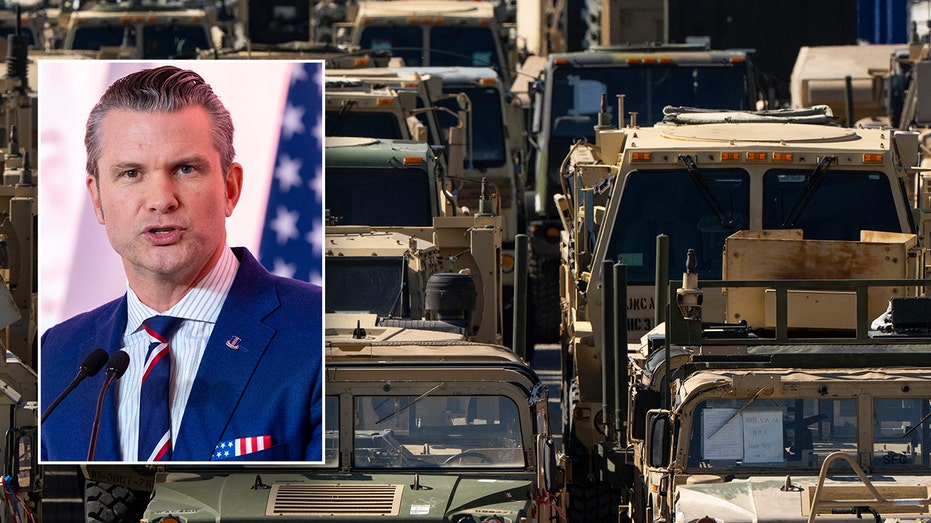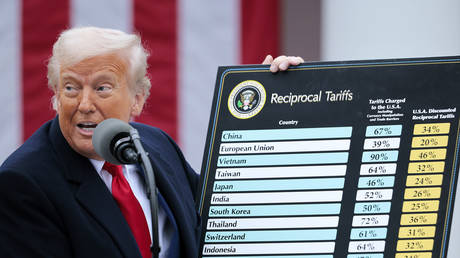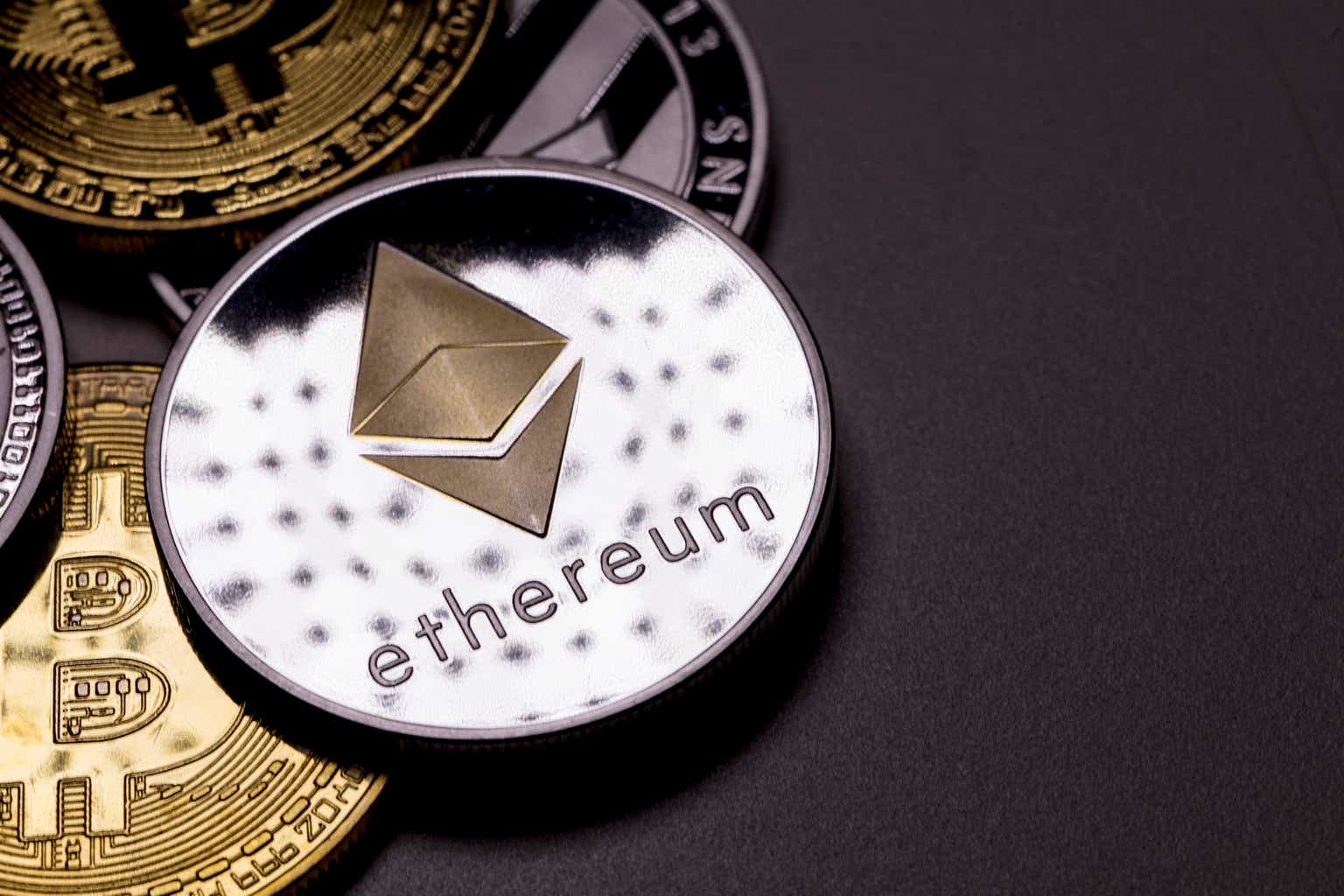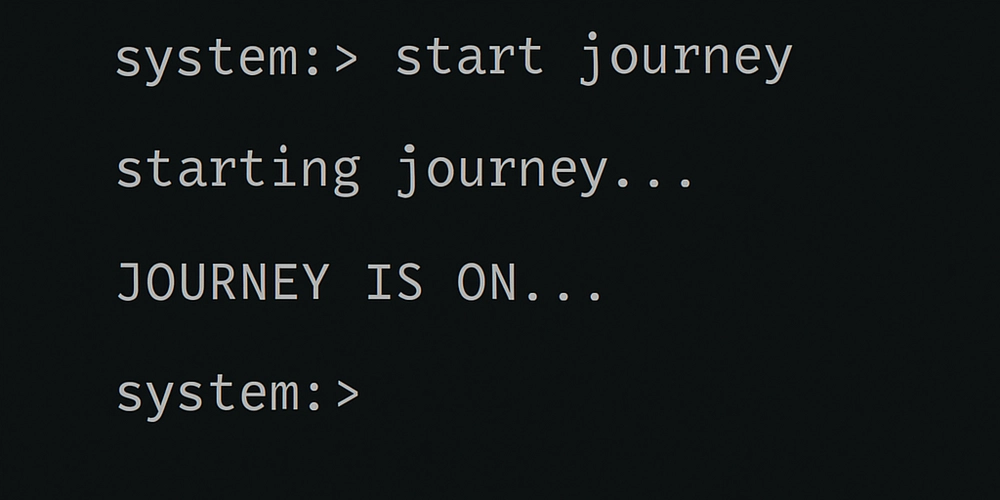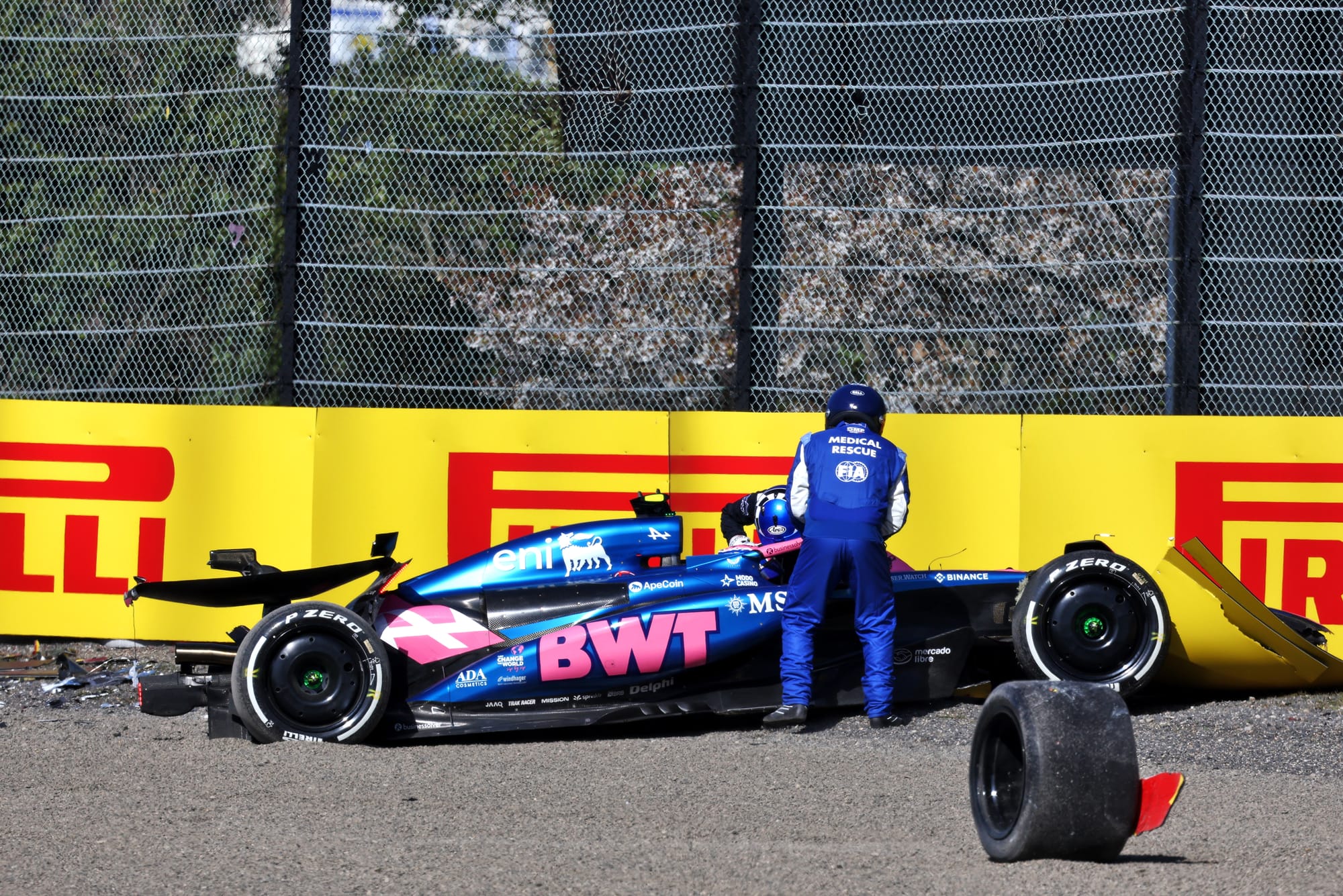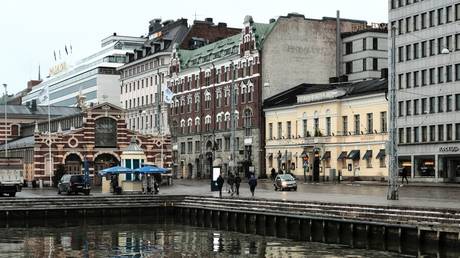Taiwan or the economy: Trump’s tariffs and Xi’s great dilemma
Trump’s tariff policy arrives at a perilous time for Xi.

A couple of days ago, President Trump dropped a little surprise during a press conference — he said senior Chinese officials are expected to visit the U.S. soon. Several media outlets even reported that Trump hinted Xi Jinping himself might visit America in the near future.
China hasn’t officially responded to this yet, but speculation is flying. Many believe that under the pressure of rising U.S. tariffs and Trump threatening more, China is trying to de-escalate a full-blown trade war through top-level talks.
China's latest data shows a 3.4 percent drop in tax revenue, exacerbating budget deficits and choking local governments, many of which are already reeling from a collapse in land sales.
Despite how bad things are, China’s keeping a calm face. The Chinese Embassy in the U.S. said on social media, “If war is what the U.S. wants, be it a tariff war, a trade war or any other type of war, we’re ready to fight till the end.”
But is that really the case?
Trump’s tariffs may be painful for the U.S. too, but it’s probably China that won’t be able to hold out, and China now is using whatever narratives to explain away the harsh economic numbers.
Chinese economist Huang Qifan recently painted a rosy picture of China’s shift to a domestic circulation–driven model, one that supposedly reduces reliance on exports. He claimed this was an intentional policy shift by the central government, planned over nearly two decades.
But let’s call it what it really is: a cover story. The root of China’s foreign trade downturn isn’t strategic recalibration — it’s the bursting of a real estate bubble, fueled by post-2008 stimulus policies that artificially inflated housing’s share of GDP. Exports’ share didn’t fade by design; they were overshadowed by an unsustainable model that is now unraveling.
Even as Beijing touts openness, relaxed tariffs and expanded market access today, foreign investors remain skeptical — and with good reason. Xi has rolled out countless policies to “save” the economy, but none have worked.
People aren’t investing. They’re not spending. Why? Because Xi’s repeated, disruptive and erratic economic moves have shattered confidence.
While China’s position as the world’s manufacturing hub and a major investment destination hasn’t been fundamentally dismantled, it’s now much harder to convince foreign investors to pour new money into the country. The problem isn’t just policy — it’s Xi and the system itself.
So don’t be fooled by talk of “internal circulation.” It’s a smokescreen. Domestic demand is weak. The economy is stalling. Layoffs are widespread. Governments, companies and families are all broke.
And the worst part isn’t just the lack of money — it’s the lack of jobs. Unemployment is soaring, especially among the young. College grads, postgrads — millions can't find work. That’s a social powder keg.
On top of that, Chinese manufacturing cannot survive on domestic demand alone. If factories can’t export, they shut down or lay people off. Period.
This crisis of confidence is also reflected in China’s plummeting birth rate. Since ending the one-child policy in 2015, the government has practically begged people to have more children. But nothing has worked.
Why? Because people don’t start families based on slogans. They need economic security and a vision for the future — neither of which China currently offers.
Against this backdrop, Trump’s tariffs sting — and they sting badly.
Yes, they hurt America too, raising consumer prices and fueling inflation. Industries reliant on Chinese parts such as electronics, autos and machinery all feel the squeeze. But China is clearly less likely than the U.S. to endure the long-term pressure. And that may give the U.S. an edge at the negotiating table.
Trump uses tariffs not merely as tools to balance the trade deficit or strengthen enforcement mechanisms, but as geopolitical levers. His broader aim? Possibly Taiwan.
If China invades Taiwan, the U.S. won’t necessarily respond with missiles, but with crippling economic sanctions. And that could plunge China into a long, harsh economic winter.
Trump’s tariff policy thus arrives at a perilous time for Xi. With peaceful reunification becoming less likely, especially after Taiwan elected Lai Ching-te, whose platform firmly rejects Beijing’s vision, Xi may be running out of options.
This places Xi in a dangerous dilemma: launch an offensive against Taiwan and risk economic collapse, or stand down and face domestic humiliation for failing to act during his third term.
But there’s another scenario the Trump administration must consider: What if Xi decides to act because he has already lost hope in China’s economy? If he believes the economic game is over, a military move on Taiwan might be the only way to deflect domestic pressure and solidify his grip on power.
That’s why this is a delicate balancing act — and one the Trump administration must play carefully. The upcoming visit by Chinese officials may offer critical clues about the direction of U.S.-China relations in the months ahead.
Simone Gao is an independent journalist who hosts Zooming In with Simone Gao.
